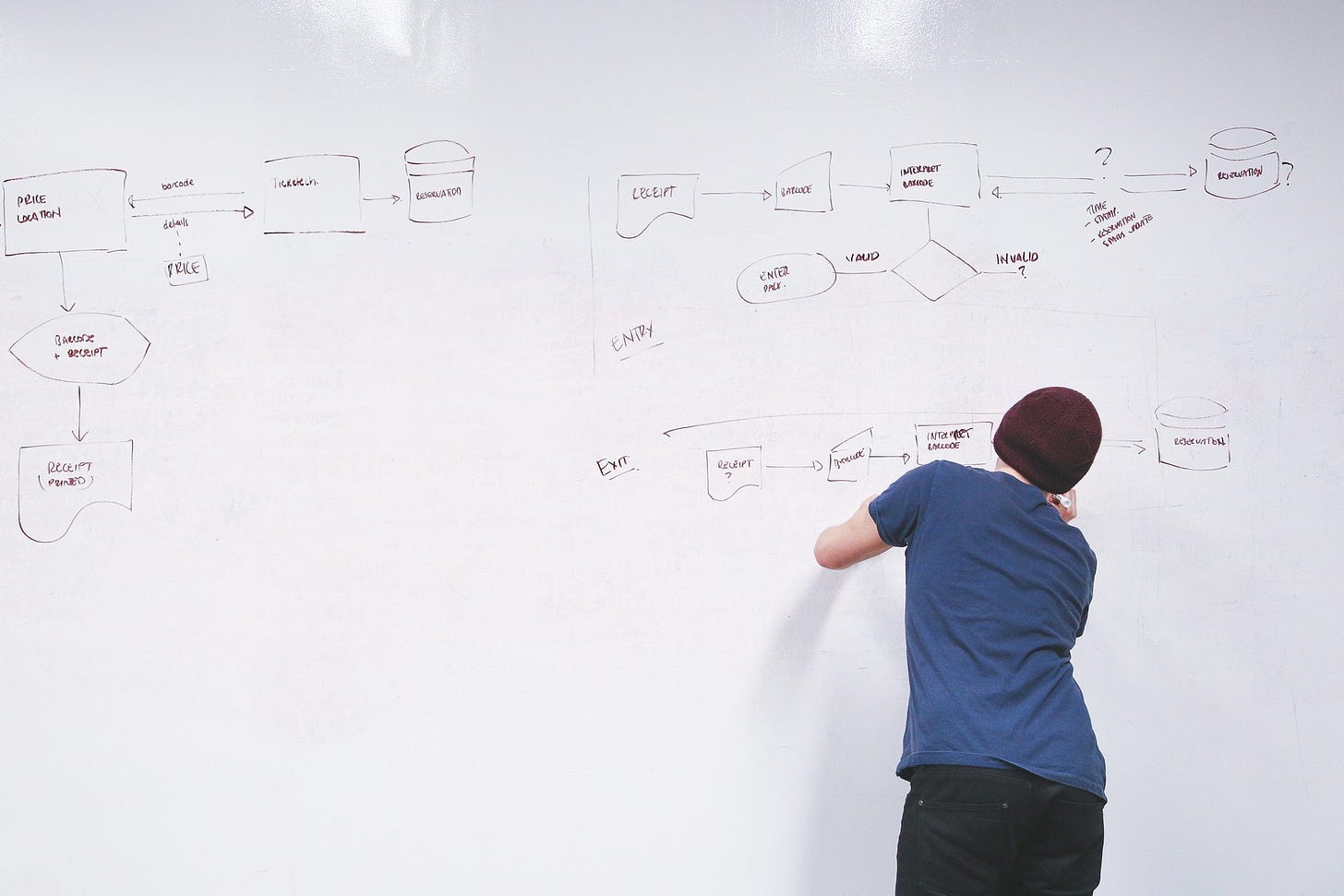John Woolman (1720-1772), the great Quaker abolitionist, has been described as “a spiritually motivated social actionist.” From a young age he was spiritually convicted against slavery and became one of the most influential opponents to slavery of his era. William Christian notes:
“Both in the colonies and in England he saw much that many of his contemporaries did not see. Beneath the polite surface of middle class life he saw slavery and poverty as parts of its foundation. He saw these realities, which negated human brotherhood and perverted humanity, not only in the context of a cosmic drama but in the concrete context of social relationships."
The Spiritual Listening Plan is all about trying to see what others miss. So how did Woolman do it?
One suggestion is he looked at interconnected systems. Today we call this systems thinking. One scholar suggested:
“As [Woolman] became involved in the social concerns of his day, he became aware of the interconnectedness of the different forms of social evil embodied in social structures. And as his commitment to change these structures grew, so, too, did his prayer life which gave him a sense of direction and the strength to continue his struggle.”
Our communities are complex and the social problems facing our communities are equally complex. If we fail to understand this complexity we’ll approach our communities with over-simple, and largely unhelpful solutions.
Getting Started
Predetermine how deep you want to dive. This can be a one-hour conversation with a team and a white board or it can be a monthlong initiative that creates a digital map. You’ll always be able to do more in this activity so having a conversation on the front end will keep it from dragging on forever.
Prepare for the work. Pray together. Ask God to reveal the truth, even in places where it’s hard to find. Define the boundaries (physical and conceptual) of your map. Will you map the systems that impact your block, or your town, or your county? Will you take a wide approach or be more specific?
Create a map. There are many ways to go about this. The goal is to visually represent the systems impacting your neighbors. You might try post it notes on a wall, poster paper and markers, or an online tool like: https://kumu.io or https://mindmup.com/.
Start with a list. Identify the various parts of your community’s systems. Think about the entities that impact your everyday lives. A few ideas: Transportation, Environment/Climate, Parking, Tourism, Religion, Healthcare/Hospitals, Race/Ethnicity, Childcare, Insurance, Social Activities, Culture/Arts, Population growth/decline, Business (big and small), Education, Social Support, Food, Government, Policy, Law Enforcement, Incarceration, Housing, Economy, Jobs.
Identify how each part relates to the others. Create a way to visualize how each part relates to the others and relates to the people in your community. This could be circles or arrows or something more abstract. Get creative!
Analyze the map together. Open with prayer, inviting the Holy Spirit to lead your time and illuminate your insights. Reflect on questions like: What are the strengths of your community? What are the weaknesses? Who are the systems designed to benefit? Who is being marginalized by the system? Who holds power? Who doesn’t? Where does your church fit in all of this? Where could it fit?
Bonus: Invite feedback from others in your community. Ask if they would add anything or change anything?
A few examples.
It can be very simple: High School Experience
It can get very intricate: Federal Policies.
Read how one community in eastern North Carolina dove deep into mapping their community systems: article here.
Conclusion
Systems mapping will help you start to look at your community with fresh eyes, seeing the interconnected systems that impact the everyday lives of you and your neighbors. By seeing our communities as they are we as churches can cultivate faith communities that our neighbors are longing for.





One aspect of this I'm currently wrestling with in digital church building is determining what elements could/should even go on the map. Losing the relatability of physical space is a real hindrance. How can I complain about traffic to someone who lives in another state altogether? Even a simple conversation about the weather becomes complex.
I'm fortunate that Checkpoint is nerd-focused, so we have hobby-based overlap. But sourcing more mundane life elements has been a challenge.